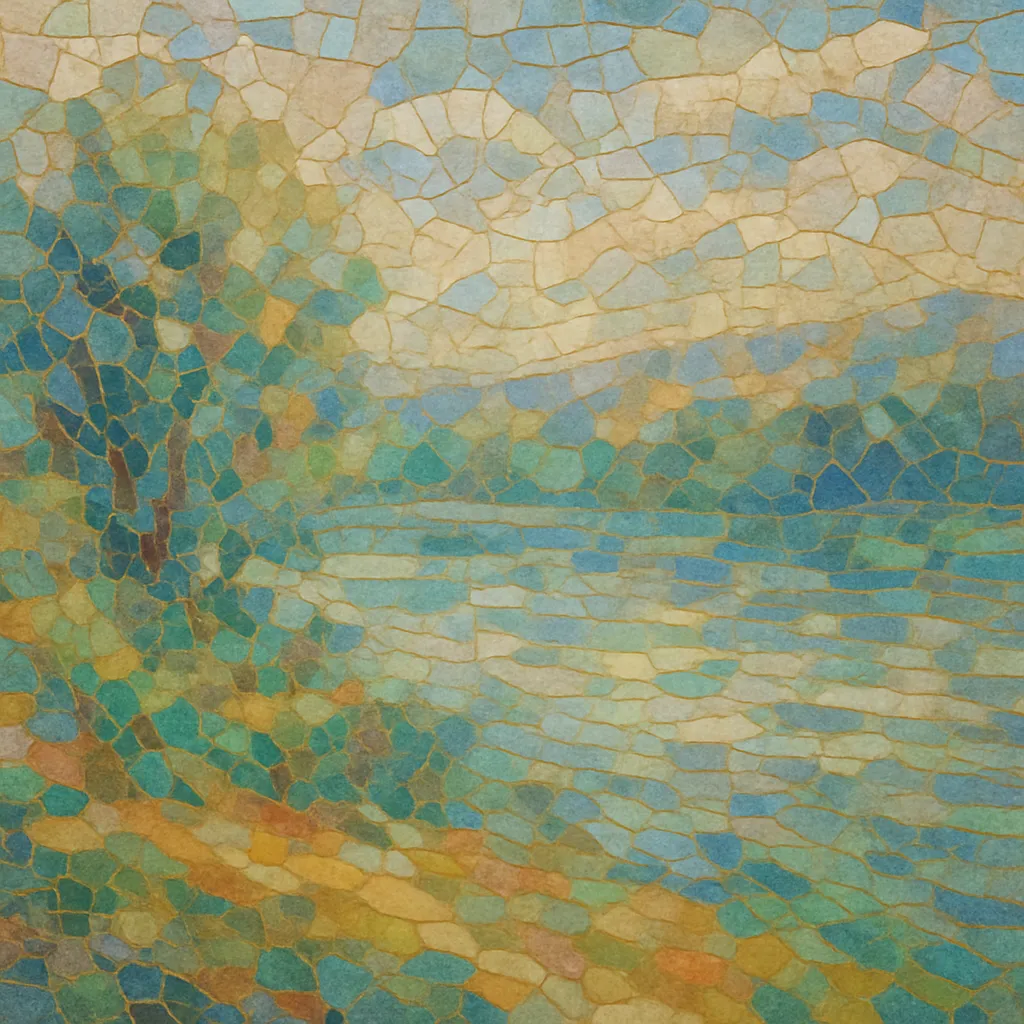Impressionism in music is a late-19th- and early-20th-century style that prioritizes color, atmosphere, and suggestion over overt drama and functional harmonic progressions. Originating in France, it parallels the visual arts movement in its fascination with light, timbre, and fleeting impressions.
Musically, the style favors modal, pentatonic, and whole‑tone materials; parallel (planed) chords; unresolved dissonances; and ambiguous tonal centers. Rhythms are flexible and often blur a sense of strong meter, while textures shimmer through delicate orchestration, pedal tones, and arpeggiated figures. Rather than strict sonata designs, impressionist works tend to be episodic, evocative, and programmatic, conjuring landscapes, water, night, and dreamlike states.
Impressionism emerged in France during the 1890s as a reaction against late-Romantic heaviness and Wagnerian harmonic teleology. Claude Debussy’s exposure to Javanese gamelan at the 1889 Paris Exposition Universelle catalyzed his turn toward non-functional harmony, modal color, and timbral nuance. French literary Symbolism and an interest in suggestion over declaration shaped the aesthetic vocabulary.
Debussy’s Prélude à l’Après‑midi d’un faune (1894), Nocturnes (1899), and La mer (1905) became touchstones, demonstrating planed chords, whole‑tone and pentatonic sonorities, and fluid rhythmic profiles. Maurice Ravel refined and diversified the sound world with meticulous orchestration and modal harmony in works such as Daphnis et Chloé (1912) and Jeux d’eau (1901). Contemporaries including Erik Satie, Gabriel Fauré (in his late style), Paul Dukas, Charles Koechlin, and André Caplet contributed to a broader spectrum of impressionist techniques.
Characteristic traits include non-functional extended chords (9ths, 11ths, 13ths), parallel chord streams, modes (Dorian, Mixolydian, Aeolian), pentatonic and whole‑tone scales, pedal points, and flexible or overlapping meters. Orchestration privileges blended timbres (harp, woodwinds, muted brass, string harmonics) and delicate dynamics, often creating luminous, aqueous textures.
Impressionism influenced 20th‑century modern classical writing, film music’s atmospheric scoring, ambient and new age sound worlds, and jazz harmony—particularly cool and modal jazz via planing, colorful extensions, and modal frameworks. Its emphasis on timbre and harmonic color also foreshadowed minimalism’s interest in sonority and stasis.


